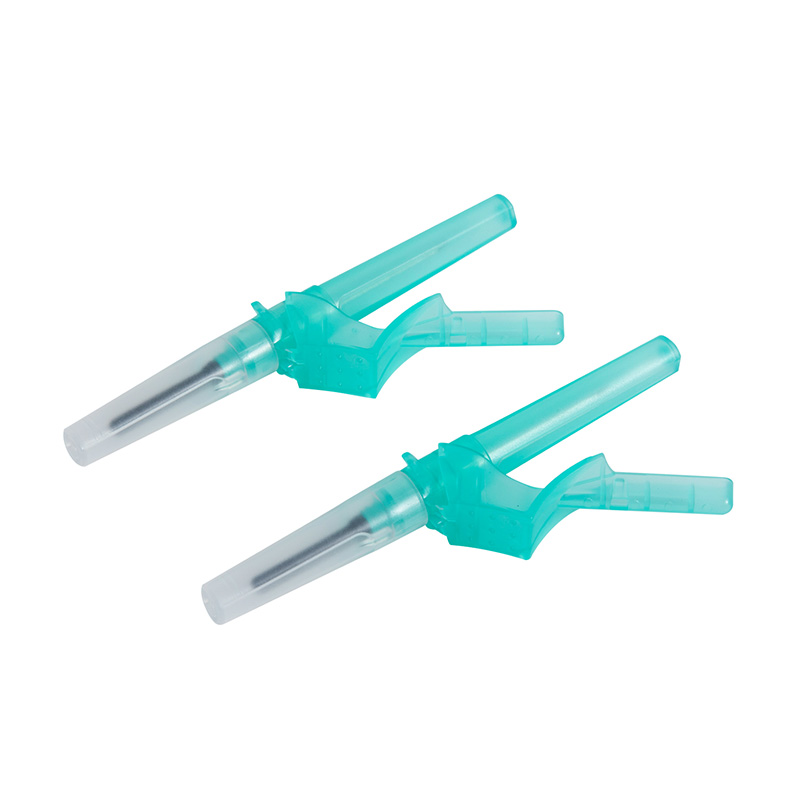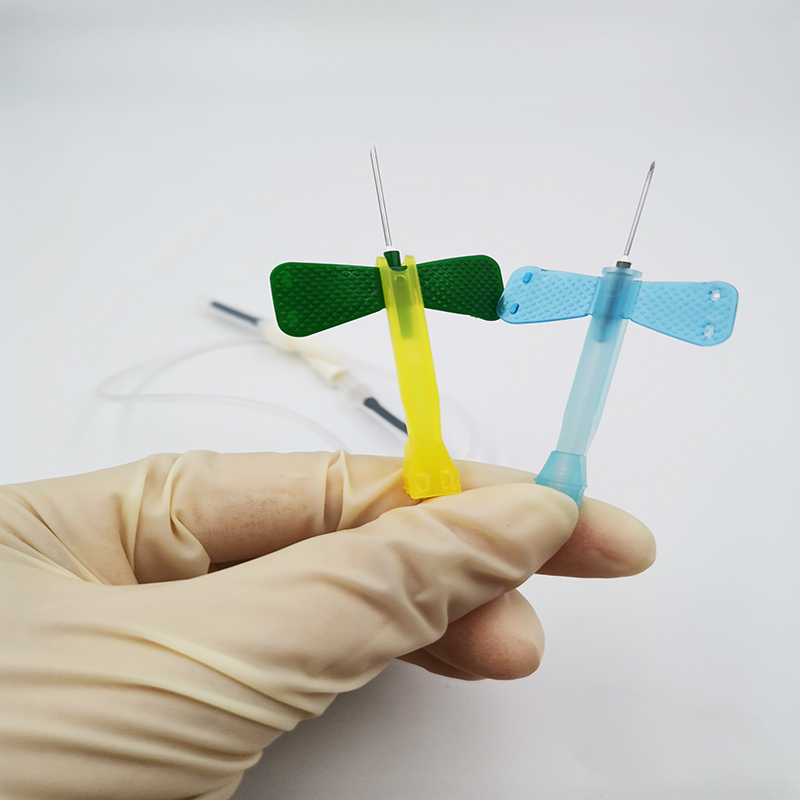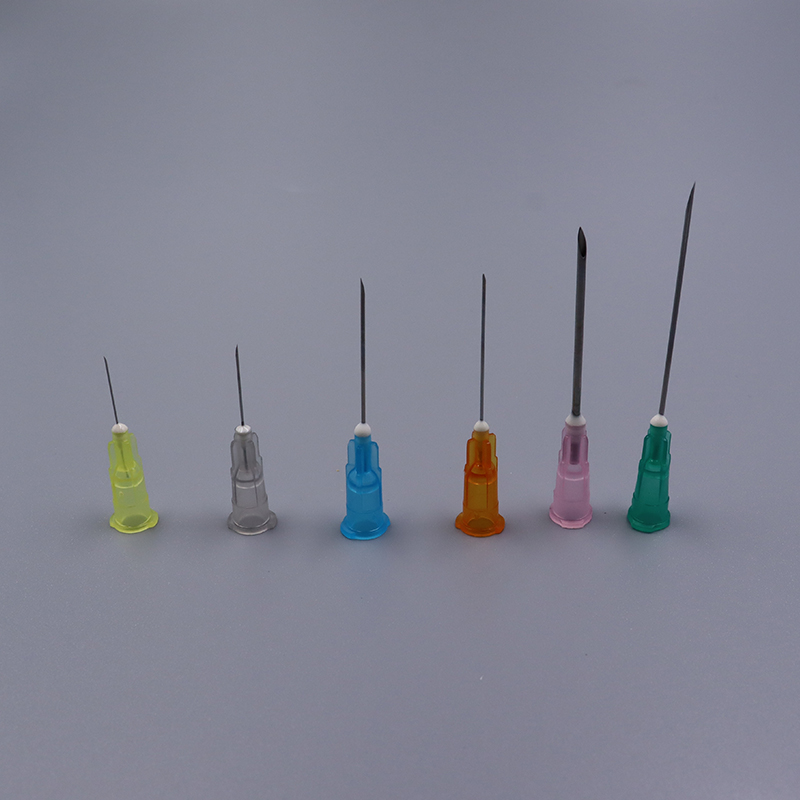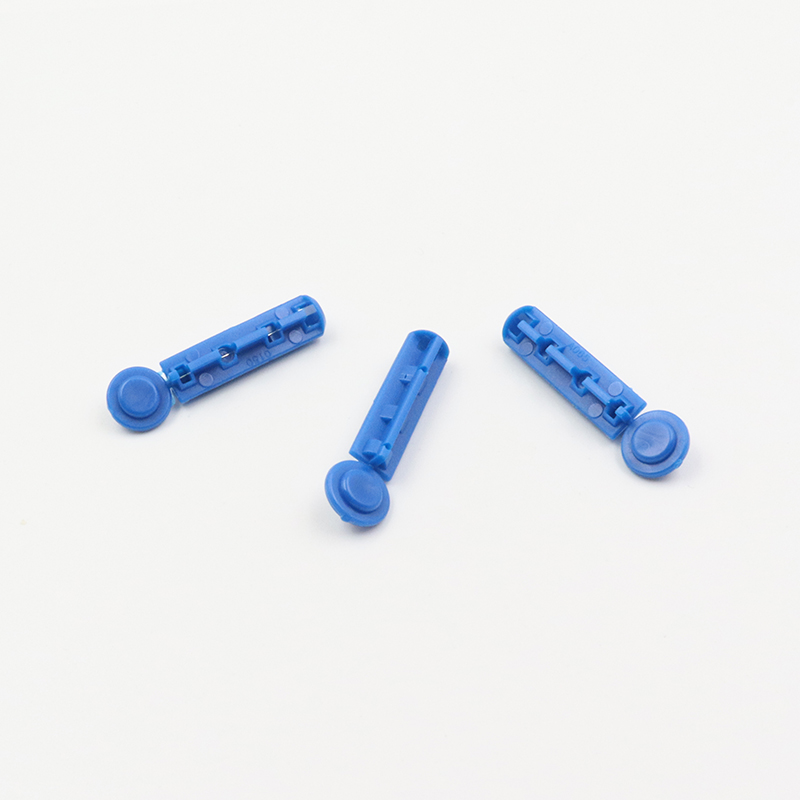Blood collection is a critical component of medical diagnostics, treatment monitoring, and research. The process often involves the use of a specialized instrument known as a blood collection needle. The choice of needle is crucial to ensure patient comfort, minimize complications, and obtain an adequate sample for analysis. This article explores the types of blood collection needles, their common gauges, and guidelines for selecting the appropriate needle for specific situations.
Types of Blood Collection Needles
1. Straight Needles (Venipuncture Needles) Straight needles are the most commonly used for venipuncture. They are attached to a holder that accommodates vacuum tubes. These needles are versatile, reliable, and widely used in clinical settings. Straight needles are particularly suitable for routine blood draws in patients with easily accessible veins.
2. Butterfly Needles (Winged Infusion Sets) Butterfly needles are small, flexible needles with plastic wings on either side. They are commonly used for drawing blood from small or fragile veins, such as those in pediatric or elderly patients. The wings provide better grip and control, making them ideal for challenging venipunctures or for patients with difficult venous access.
3. Needles for Syringe Use These needles are designed to be attached to syringes for manual blood collection. They are often used when precise control over the blood flow is required or when veins are difficult to access.
4. Lancets Lancets are small, sharp devices used primarily for capillary blood sampling. They are ideal for situations requiring minimal blood volume, such as glucose monitoring or neonatal heel sticks.
5. Specialized Needles Some needles are designed for specific applications, such as arterial blood sampling or blood donation. These may differ in size, shape, and design features to meet their unique purposes.
Common Needle Gauges for venipuncture
The gauge of a needle refers to its diameter, with smaller numbers indicating larger diameters. Common gauges for blood collection needles include:
- 21 Gauge: This is the most commonly used gauge for routine blood draws. It provides a balance between sample flow rate and patient comfort.
- 22 Gauge: Slightly smaller than the 21 gauge, it is ideal for patients with smaller or more fragile veins, such as children or the elderly.
- 23 Gauge: Frequently used with butterfly needles, this gauge is suitable for patients with difficult venous access or for drawing blood from smaller veins.
- 25 Gauge: Used for very delicate veins, but it is less commonly employed for standard blood collection due to the potential for hemolysis and slower blood flow.
- 16-18 Gauge: These are large-bore needles typically used for blood donation or therapeutic phlebotomy, where rapid blood flow is necessary.
How to Choose the Proper Needle for blood draw
Choosing the right needle for blood collection involves considering several factors, including the patient’s condition, vein accessibility, and the purpose of the blood draw. Below are some key guidelines:
- Assess the Patient
- Age and Vein Size: For pediatric or elderly patients with smaller veins, a 22- or 23-gauge needle may be more appropriate. For infants, a lancet or butterfly needle is often used.
- Vein Condition: Fragile, scarred, or rolling veins may require a smaller gauge or a butterfly needle for better control.
- Consider the Volume of Blood Needed
- Larger volumes, such as those required for blood donation, necessitate larger gauges (16-18 gauge) to ensure efficient blood flow.
- For routine diagnostic tests requiring smaller volumes, 21- or 22-gauge needles are sufficient.
- Purpose of the Blood Draw
- For standard venipuncture, a straight needle with a 21-gauge size is often adequate.
- For specialized procedures, such as arterial blood gas collection, use needles specifically designed for that purpose.
- Patient Comfort
- Minimizing discomfort is crucial. Smaller gauge needles (e.g., 22 or 23) are less painful and better suited for patients with needle phobia or sensitive skin.
- Technical Considerations
- Hemolysis Risk: Smaller gauge needles increase the risk of hemolysis (destruction of red blood cells), which can affect test results. Use the largest gauge appropriate for the vein and patient condition.
- Ease of Handling: Butterfly needles provide greater control, making them ideal for less experienced practitioners or challenging venipunctures.
Best Practices for Blood Collection
- Preparation: Properly prepare the site with an antiseptic and use a tourniquet to locate the vein.
- Technique: Insert the needle at an appropriate angle (usually 15-30 degrees) and ensure secure attachment to the collection system.
- Patient Communication: Inform the patient about the procedure to alleviate anxiety.
- Post-Procedure Care: Apply pressure to the puncture site to prevent bruising and ensure proper disposal of needles in a sharps container.
Conclusion
Selecting the correct blood collection needle is essential for a successful procedure, patient comfort, and the integrity of the blood sample. By understanding the types, common gauges, and factors influencing needle choice, healthcare professionals can optimize their practice and deliver the highest standard of care. Proper training and adherence to best practices further ensure safe and efficient blood collection, benefiting both patients and practitioners.
Post time: Dec-30-2024











